In the evolution of photography, there has always been a drive towards convenience and accessibility.
alexfoxy
Recently, I was interested in picking up an analog camera or a camera with film emulation such as the Fujifilm X100V. Which, according to my luck and this camera’s viral popularity, prices on the secondhand market is a staggering €1,500 on eBay.
Maybe it’s not the best time to pay reseller markup just so that I can take aesthetic pictures on my May 2024 trip to Vienna with my coworkers. (hi, folks!)
First, though: why the sudden dismissal of the perfectly good camera app on my phone?
I’ve been exploring he “lost art” of taking photos on film, alongside my iPhone and Canon SELPHY photo printer. Perhaps moving to film would be the logical, end-game conclusion to my newest obsession. Would this magically invoke a more thoughtful press of the camera shutter, and thus elevate the images I’m taking from “typical iPhone” to something worthy to be discussed and critiqued? After all, the art of a good photo isn’t just the highest quality camera in the world, especially with the recent popularity of carrying around a second, lower-quality smartphone camera or digital camera alongside your mainline flagship smartphones.1
What convenience comes from having to juggle two phones or another digital camera? Was that true mindfulness in the moment? Likely not. When in doubt, find something within the middle ground (and perhaps not so far outside of your budget).
Enter Mood.camera, the app that was obviously film enthusiast-built from the ground up. The concept is simple: pick a filter, adjust a few simple settings, and take a photo. The rest is entirely outside of your control. It was an entirely different photo-taking experience and something that I had to wrap my head around– the image captured within the viewfinder isn’t the final image that will be displayed on your screen. (point and laugh here, but i haven’t used a film camera in years)
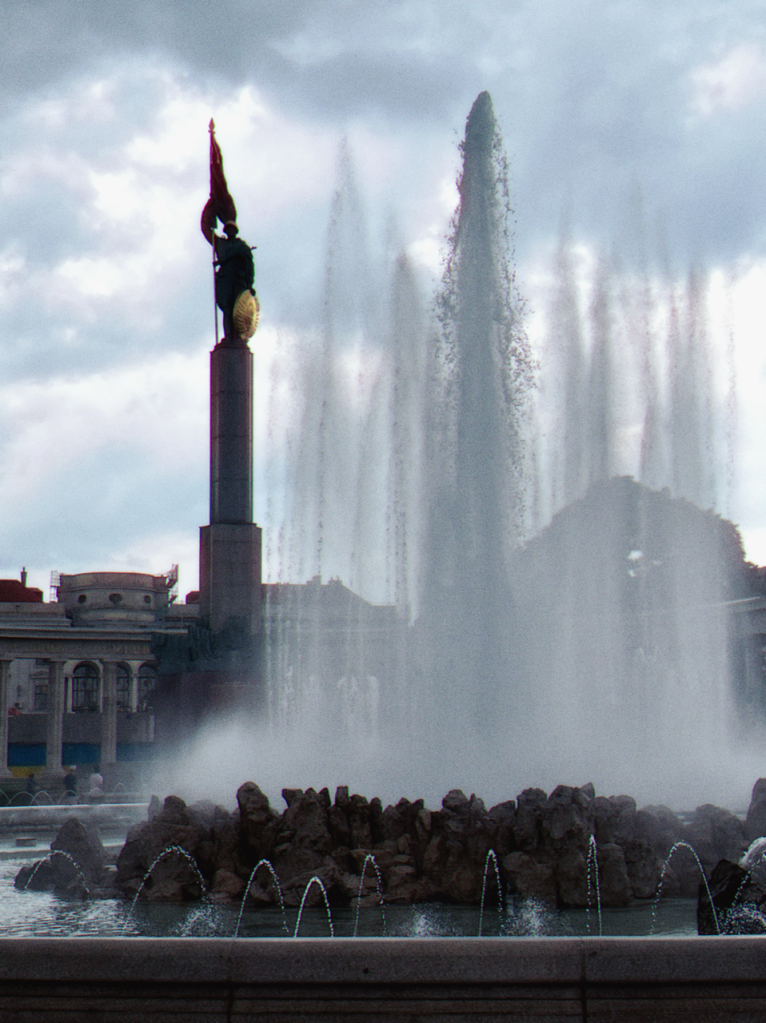
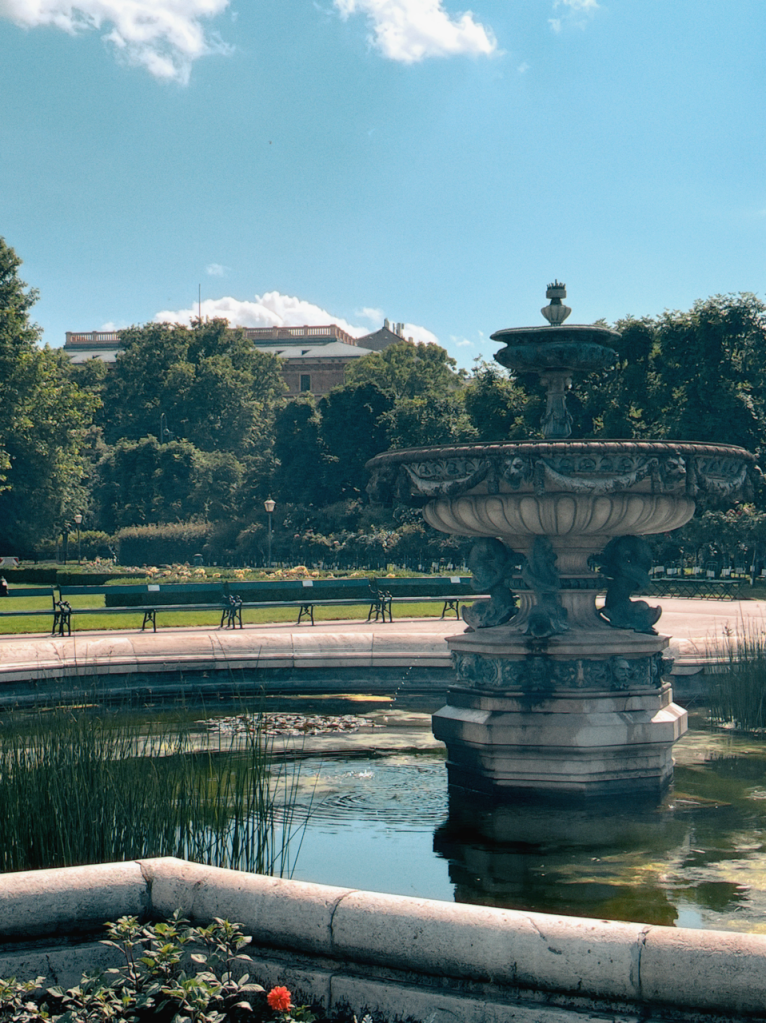


I was almost staggered, in a digital way, when I realized the “processing” à la developing a Polaroid, was all done behind the scenes. I had no control over what happened next, and I couldn’t influence anything once it was set in motion. The image can’t be “refiltered” or changed, and you can’t load in other outside images from your photo library. It’s simply… a film camera, but without waiting weeks to figure out if your images came out as you expected.
So, was that it? Was the key to photography happiness one subscription-funded camera app away? To dismiss the instant consumerism and embrace a delayed “developing” experience to make taking photos exciting again? Is the endgame of better smartphone photography simply leaving it up to the big processor in the sky to appropriately manipulate your digital images?
I can’t say I’ve come out the end a converted person, a changed soul, a film evangelist. But I am certainly very happy with the images I’ve walked away from Vienna with.
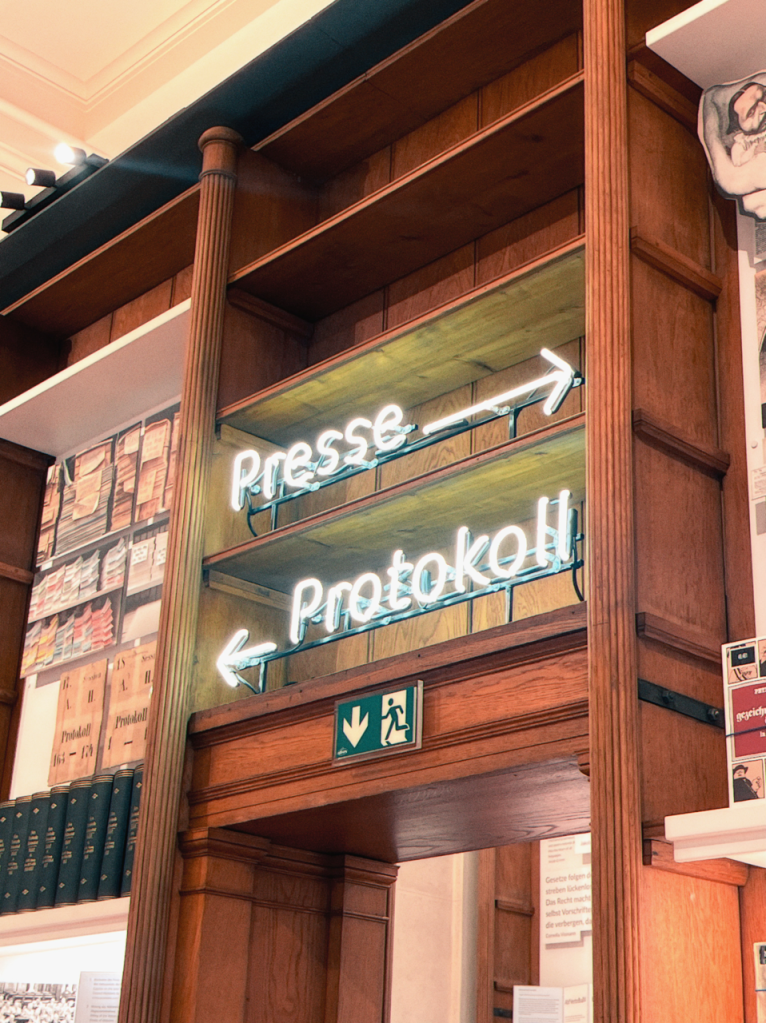
austrian parliament library & archives 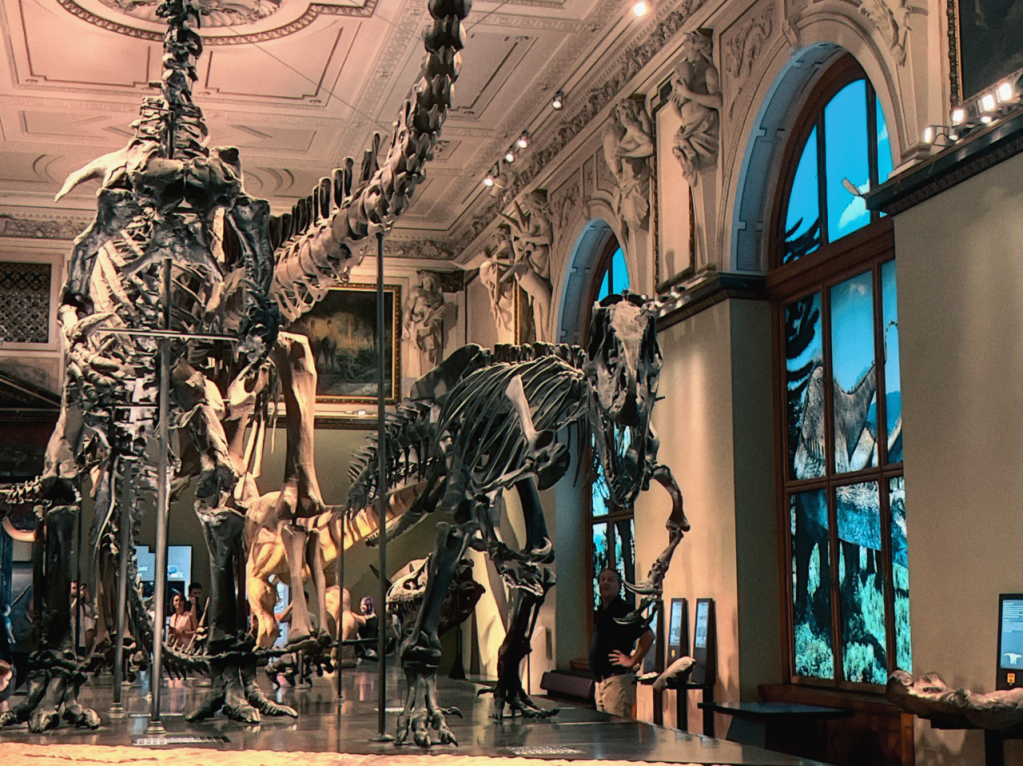
the carnegie dinosaurs at the museum of natural history 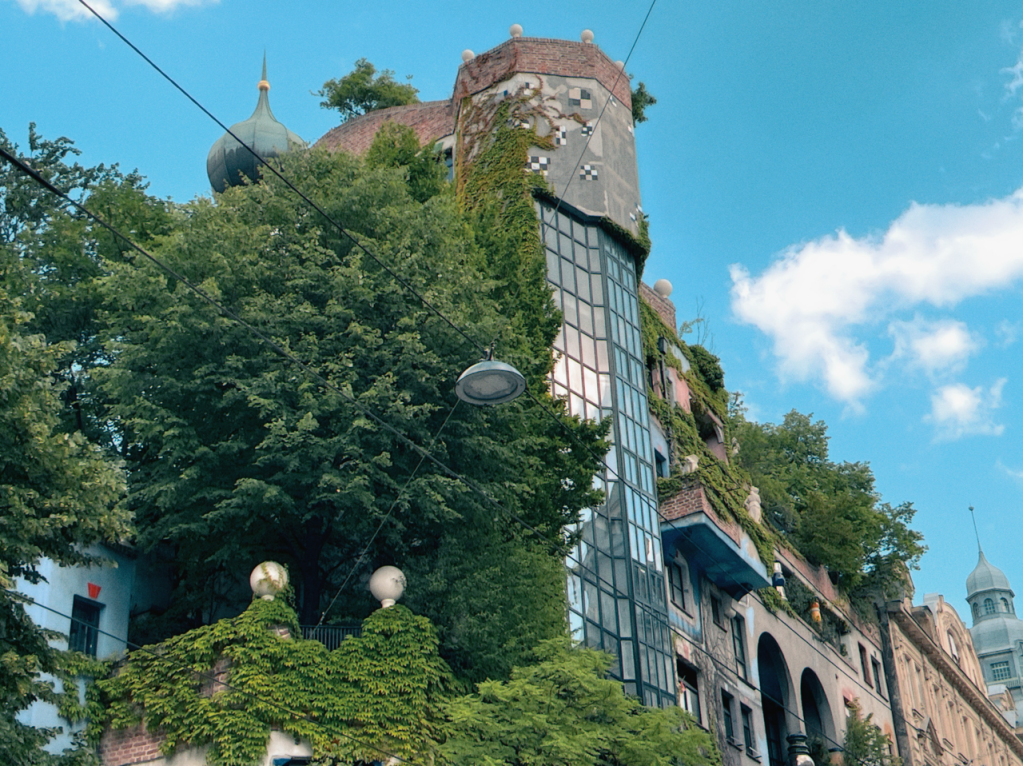
hundertwasser village 
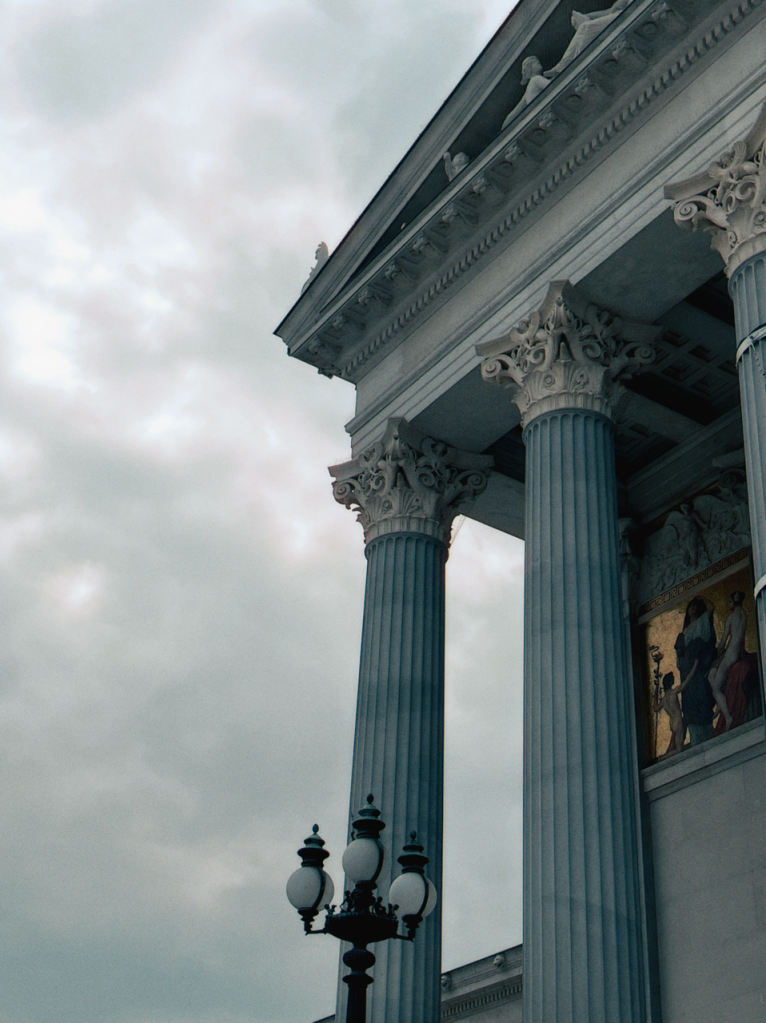
parliament (outside, top floor) 
parliament (center fountain) 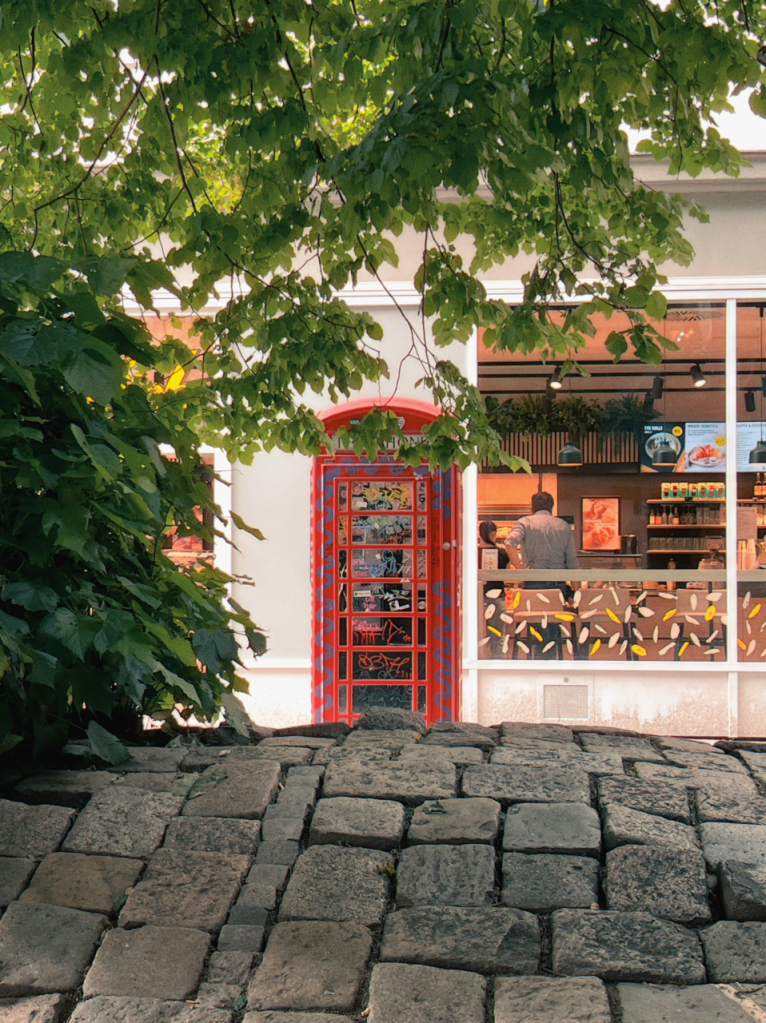
hundertwasser village plaza
Perhaps we’ll never know the answer to life’s most burning photography questions, but you can download mood.camera on your favorite app store of choice (as long as it’s on iOS) here. There’s also an account you can tag on Instagram, @mood.camera.app, if you’re into that.
Happy photographing! 📷 2
footnotes:
1: aside from the insulting tone of “why these kids can’t even sign a check”, this is an interesting article with a few examples of this effect: https://petapixel.com/2023/04/04/gen-z-discovers-modern-digital-cameras-are-better-than-iphones/
2: have you considered downloading an entirely separate app store just to get a 2005-looking solitaire app on your iphone yet? better yet, a third-party app store where the developers are begging people to use their service? me neither.
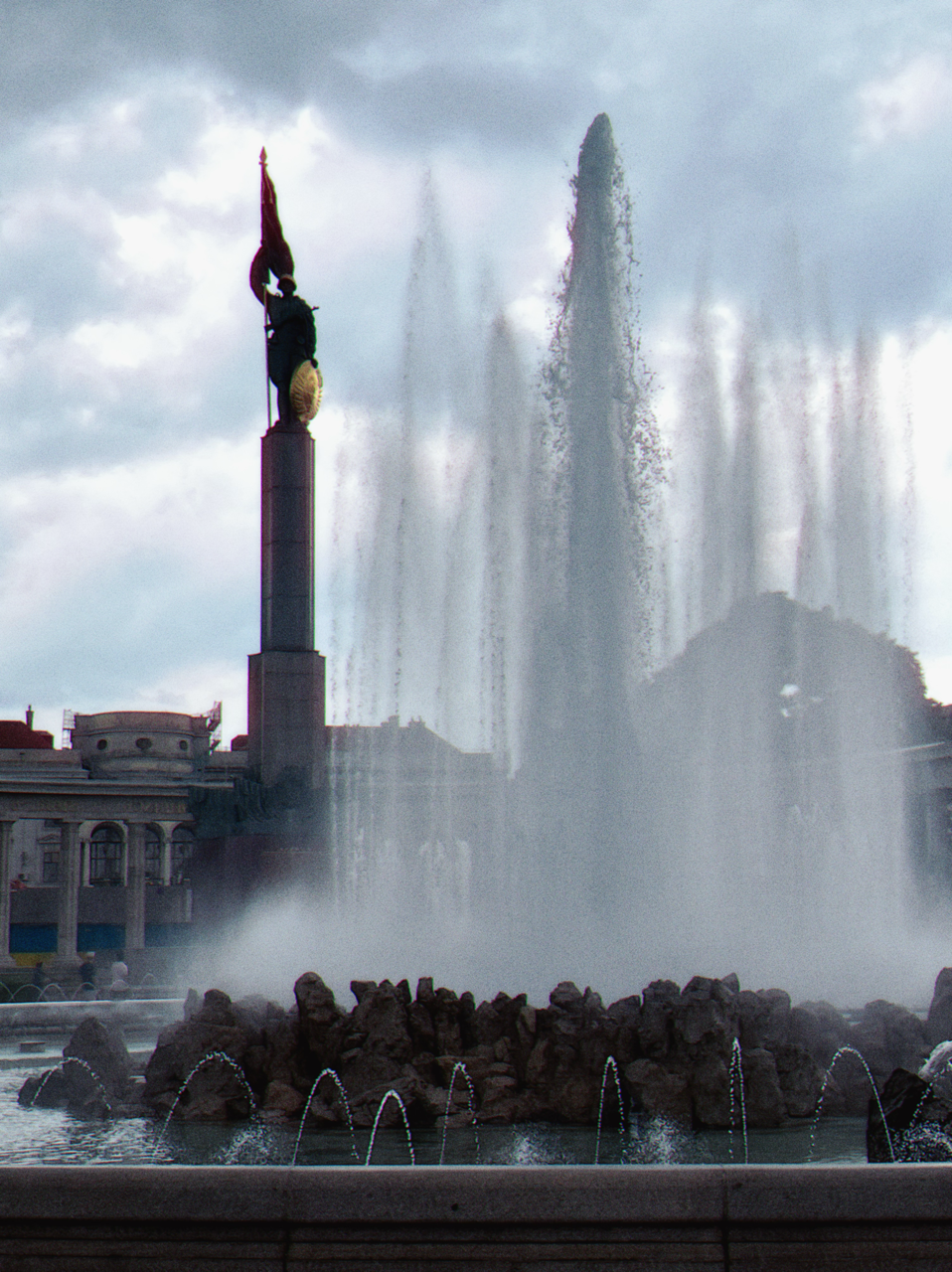

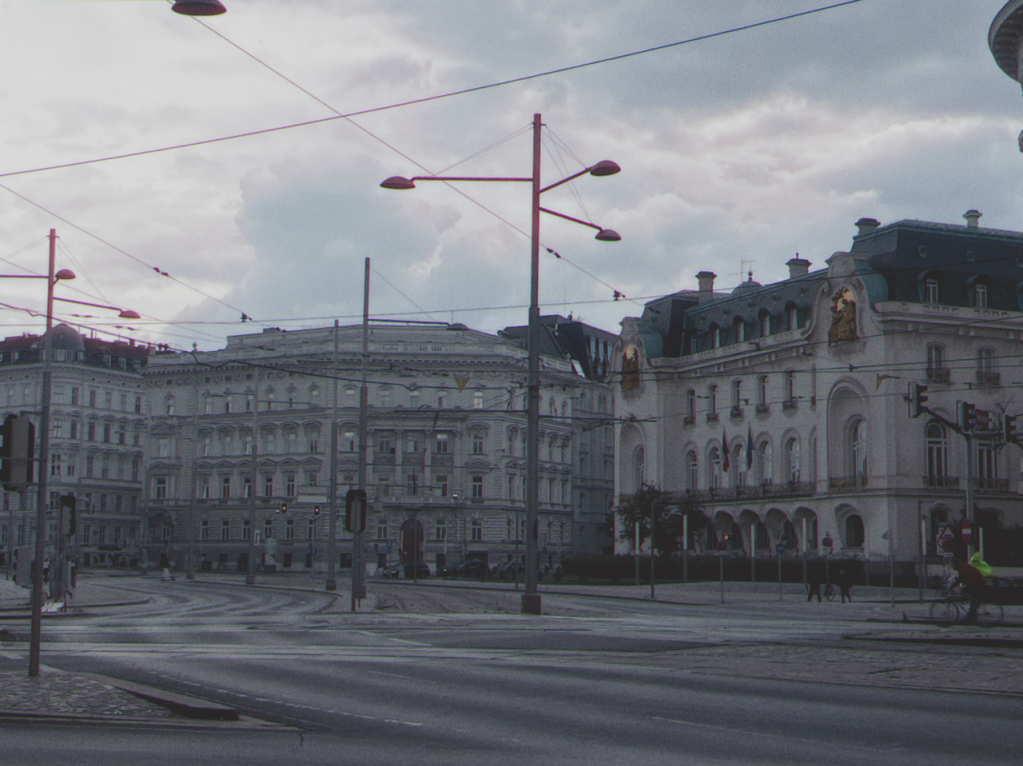
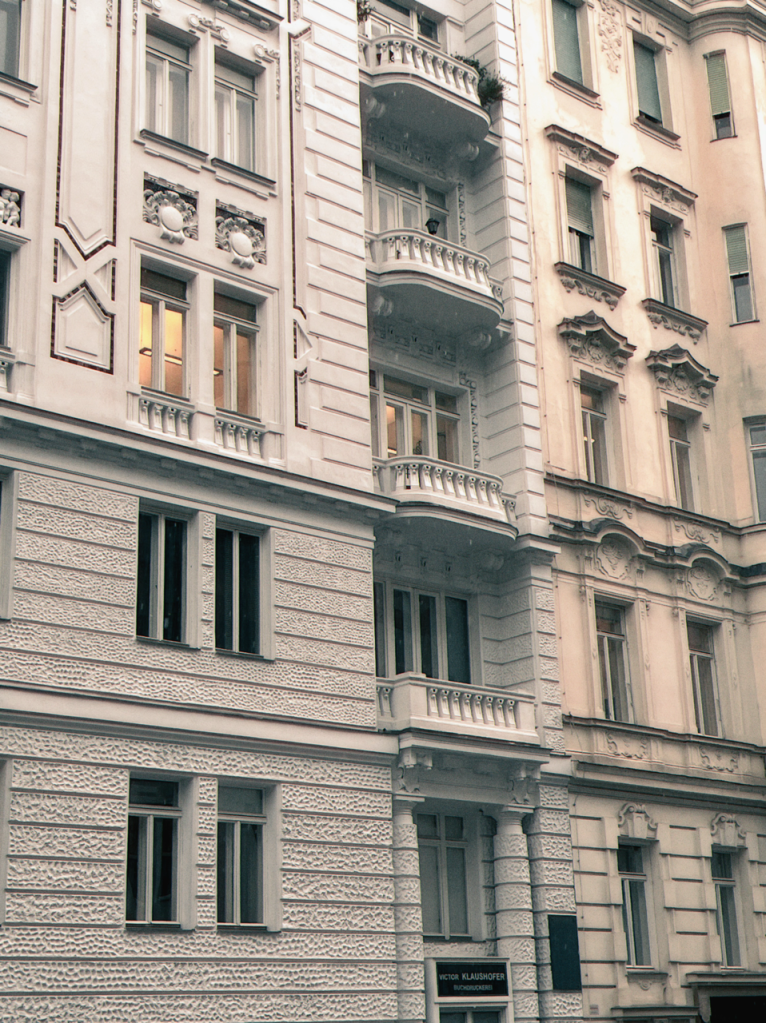
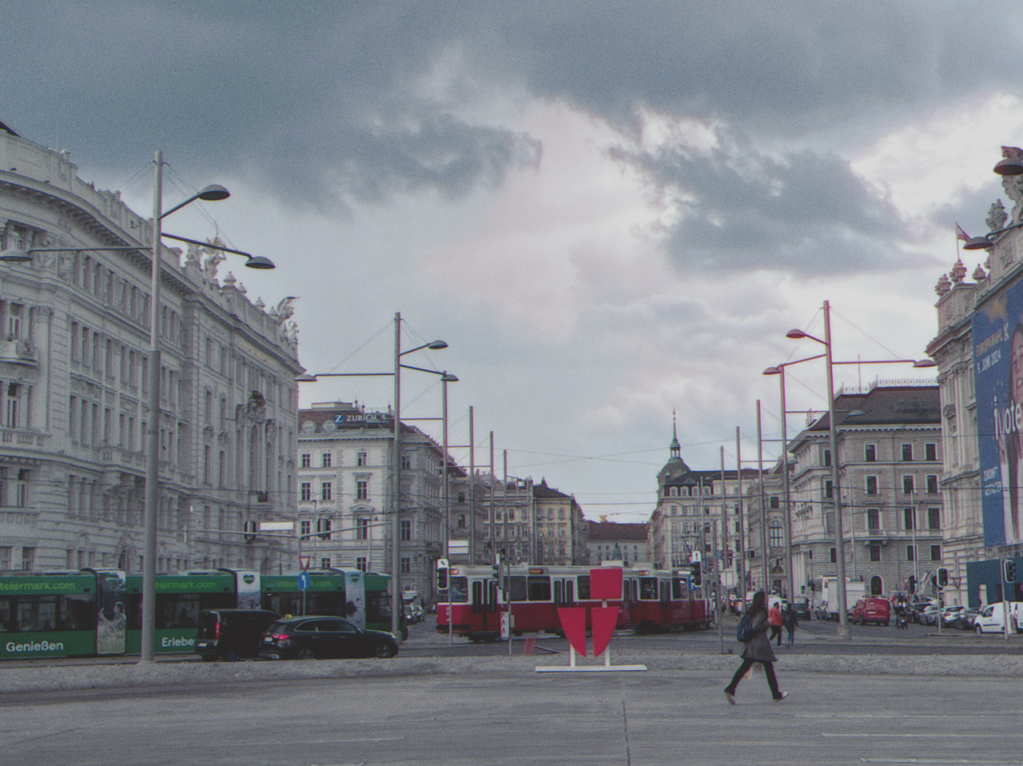
Leave a comment